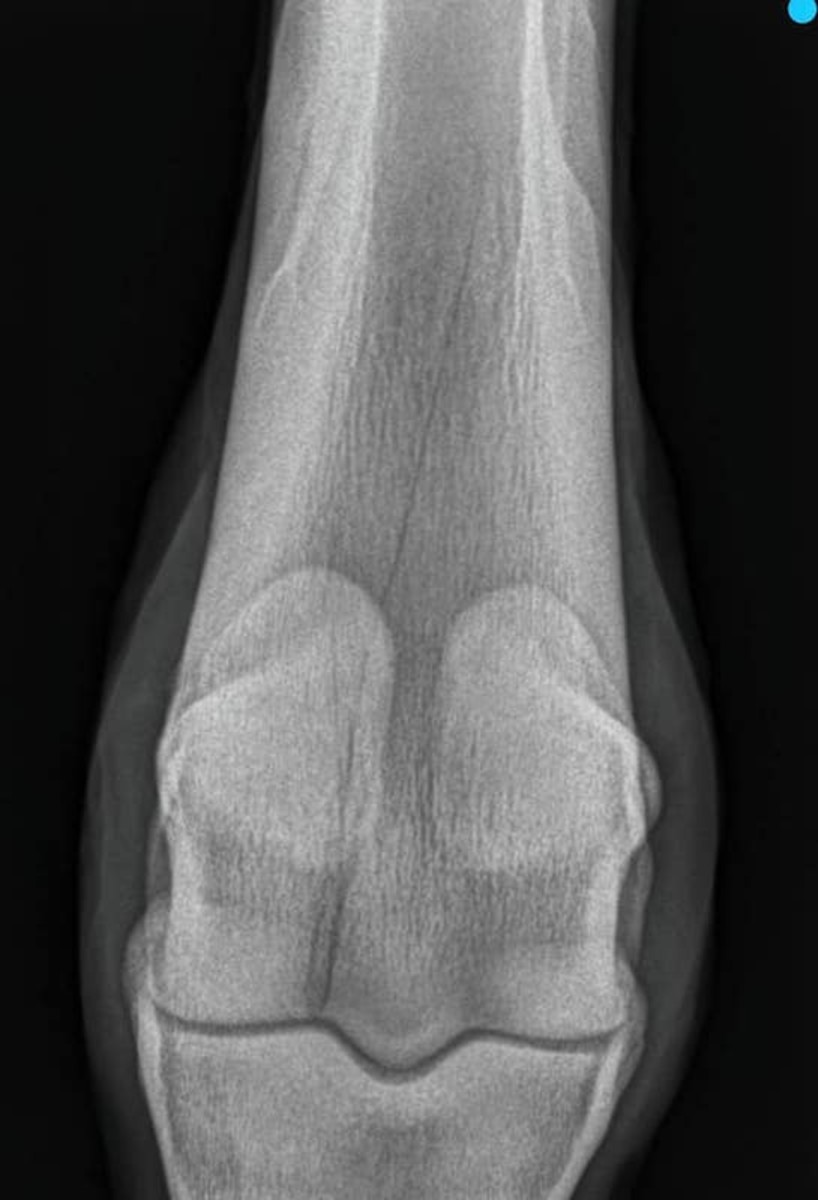With a stylish 3 1/2-length victory over leading 3-year-old filly Swiss Skydiver in the Grade 2 Blue Grass Stakes at Keeneland on July 11, Art Collector has moved into a position as one of the leading classic prospects of 2020 and is unbeaten in three consecutive races.
Actually, the handsome bay has finished in front in each of his last four races, stretching back to a blowout victory in a Nov. 30 allowance at Churchill Downs. After winning by 7 1/2 lengths, however, Art Collector was subsequently disqualified for the presence of a prohibited substance.
Transferred to trainer Tom Drury after that, Art Collector has continued his march to excellence with allowance victories this season on May 17 and June 13 at Churchill Downs, then skipped down I-64 to test those very positive-looking results against graded stakes company at Keeneland.
Never farther back than third in the 13-horse field, Art Collector had the lead at the stretch call and widened away from his competition to win in 1:48.11. Swiss Skydiver held second by 4 3/4 lengths from Rushie, and the form rather emphatically places Art Collector in the hunt for Kentucky Derby in September.
Bred in Kentucky by Bruce Lunsford, Art Collector races for his breeder. In taking his fourth official victory from eight starts, Art Collector became the first stakes winner for his dam, the Distorted Humor mare Distorted Legacy. She won three races at three and four, including the Sky Beauty Stakes at Belmont, and more importantly, Distorted Legacy was also second in the G1 Flower Bowl.
Distorted Legacy is one of two stakes winners out of the Private Account mare Bunting, who was second in the G1 Alcibiades Stakes. This is a family that performed nobly for decades at Greentree Stud and that got its start in the States with the importation of the Prince Bio mare Bebop, a half-sister to Oaks winner Sun Cap (Sunny Boy). Bebop herself had been third in the Nassau Stakes at Goodwood.
Bred to Greentree's Horse of the Year Tom Fool, Bebop's first foal was Bebopper, the first of eight consecutive fillies out of the dam, including stakes-placed Stepping High (No Robbery), the dam of multiple stakes winner and leading sire Buckaroo (Buckpasser). Bebopper did the most good for Greentree, however, with the major winners Stop the Music (Hail to Reason) and Hatchet Man (The Axe).
Stop the Music won the Dwyer and the Saratoga Special, then inherited the 1972 Champagne after Secretariat sort of intimidated him during the stretch run. Hatchet Man was later maturing than his half-brother but won the Dwyer at three, then also the G1 Widener and Haskell at five.
These were Bebopper's third and fourth foals; the mare's 11th foal was Flag Waver (Hoist the Flag), who won the 1983 Rampart Handicap at four and is the third dam of Art Collector. Flag Waver's first foal was stakes winner Abidjan (Sir Ivor) and her sixth was stakes-placed Bunting, the second dam of the Blue Grass winner.
Lunsford bought into this family with the acquisition of Bunting as a 3-year-old filly in training at the 1994 Keeneland November sale for $500,000. Bunting's first foal for Lunsford was the Storm Cat horse Vision and Verse. A rangy bay, Vision and Verse didn't win a lot of races but had a lot of class, winning the G2 Illinois Derby and finishing second in the G1 Belmont Stakes and Travers, third in the Jockey Club Gold Cup. The horse earned more than $1 million and went to stud in Kentucky at Hill 'n' Dale Farm.
Bunting had a trio of black-type daughters, and the best of these was Distorted Legacy. Her sire, Distorted Humor, threw some speed into this very classic family, and even so, the best distance for Distorted Legacy was 10 to 12 furlongs. In addition to a good second to Stacelita in the Flower Bowl at 10 furlongs, Distorted Legacy was fourth, beaten a length for the victory, in the Breeders' Cup Filly Turf.
So there should be little concern about Art Collector's ability to handle the 10 furlongs of the Derby, and this colt is following the well-worn path of improvement laid down by Horse of the Year A.P. Indy and so many of his descendants, with good to reasonable form late at two, then radically accelerating improvement at three.
This is a classic colt winning a classic prep in the proper style, and he appears to be a potential masterpiece for the owner, trainer, and family.
The post Bloodlines: Art Collector Preserves Greentree Stud Lineage appeared first on Horse Racing News | Paulick Report.



